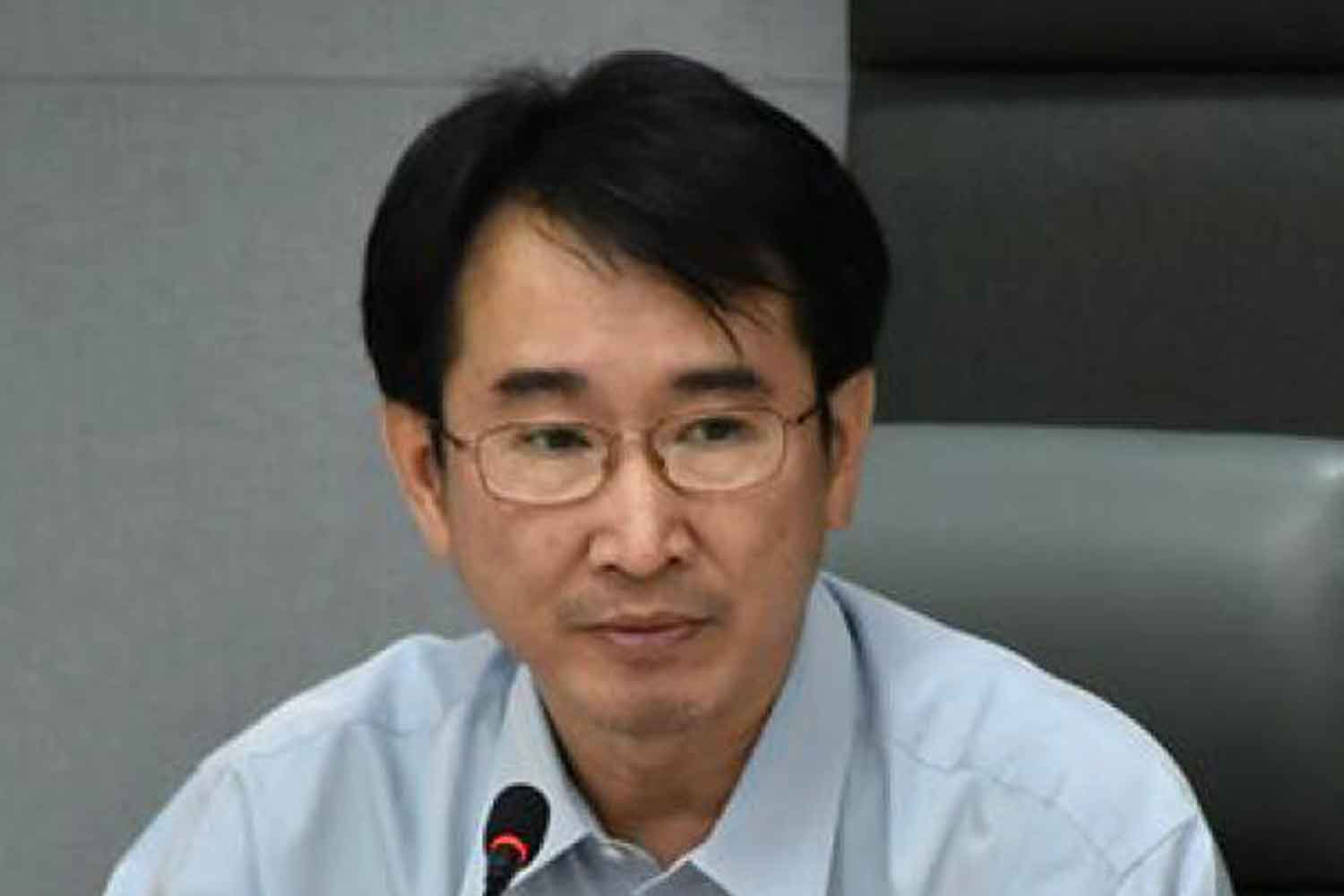
Public health measures and more than 1,000 epidemiological teams conducting contact-tracing nationwide have been hailed as key factors in curbing the spread of the coronavirus, a forum was told.
Speaking at the Foreign Correspondents' Club of Thailand (FCCT) on Tuesday, Tanarak Plipat, deputy director-general of the Disease Control Department, said the government used the teams to trace those in close contact with the infected and follow them for 14 days.
"Although we are not doing as much testing as others, we are using a strategic testing method," Dr Tanarak said.
"We identify the high-risk close contacts and trace all of them. We don't test low-risk close contact.
"Let's say if you walk past anybody infected in this room, you are not going to be tested if you don't have any symptoms.
"If you look at the high-risk close contact, the percentage of positive cases is very low -- between 2% to 4%."
The forum was held on the theme of "Why Thailand has done so well combatting Covid-19?"
The Centre for Covid-19 Situation Administration (CCSA) reported on Wednesday the total number of infections is now 3,125, with 58 deaths. It has seen no local transmissions for over two weeks.
Dr Tanarak said not only the epidemiologists but more than a million village health volunteers nationwide have contributed to stemming the curb of the disease.
"Our health security system is very strong … we know we don't have enough field epidemiologists, so we have created a lot of Communicable Disease Control Units (CDCU)," he said.
"We have at least one CDCU per one district. They work under provincial public health offices. They go out to investigate cases with village health volunteers."
Dr Tanarak said testing was important, but is not the only way of bringing the disease under control.
The universal precautions everyone takes as if they are infected so that they do not spread the disease, including wearing face masks, social distancing and the treatment of all bodily fluids as infectious, was another effective measure.
"If there are 1,000 infections in Bangkok, do we have to know who they are in order to get rid of it [the disease]?" he said. "The answer is not exactly. If you want to know, you may have to test eight million people to get those 1,000.
"But let's say these eight million people apply what we call universal precaution. They look after and protect themselves as if they are infected with Covid-19.
"This way can reduce the number of infections in the future as well," he said, adding that other factors include timeliness, cooperation, and unified communication.
Meanwhile, Craig Griffin, the chief insight officer at Fuel Research and Consulting and representative of ESOMAR in Thailand, dismissed the possibility of a cover-up over the proportion of deaths in Thailand.
"If the epidemic was as serious as it is in Europe and the US, we would be talking about thousands of deaths," he said.
"If we talk about thousands of deaths, obviously there will be huge cover-up going on. I personally don't think it is credible to think a cover-up is happening in Thailand."
Mr Griffin said the data suggests that coronavirus testing is not an important issue in Thailand, with 150 tests for every single positive case of Covid-19.
"It is a very high ratio," he said. "From the data perspective, let's assume for this exercise the mortality rate of 1%. In other words, of 100 people infected with Covid-19, one person will die.
"If that was the case, based on 58 deaths, we would expect 5,800 cases. Obviously, what is reported at the moment is over 3,000. This is not a huge gap."
However, Mr Griffin urged the public to be careful in making comparisons of coronavirus cases across countries due to their different testing regimes, testing capacities, and ways to count and record deaths.
"There is an emerging consensus on the solution for this," he said.
"It will be to measure all case mortalities. Just look at deaths from all causes in 2020 so far and compare them to what we would expect in a normal year.
"We can see the gap between actual deaths and what would be expected. We can make a strong assumption this is Covid-19 related death. I haven't seen Thailand's number for this."